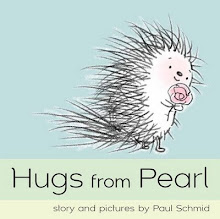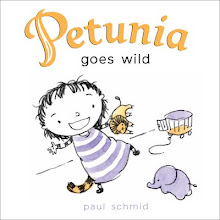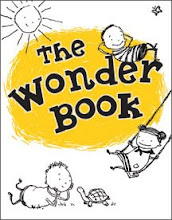


Illustrations by Gennady Spirin.
I wince a little when I hear the word “talent”.
To me the word implies that ability is merely a gift. Magic.
For someone to say “She’s got talent” does nothing to suggest the years of hard work, planning and intelligence that go into producing great art.
If asked how long it took him to paint a watercolor, my instructor, Irving Shapiro would say: “30 years”, or just about as many years as he’d been painting altogether.
A friend has gotten up at 5 in the morning for decades to get a few hours of painting time in before going to his “real” job.
While I was at art school, I invariably painted until midnight or one in the morning, several times falling asleep at my drawing board -- once with my eyes wide open.
There is a legend around blues legend Robert Johnson; that he sold his soul to the devil in exchange for his red-hot guitar ability. A more romantic explanation to savor than sweat and determination.
If the illustrator Gennady Spirin has sold his soul, it was to a very benevolent spirit, for that man’s got “Talent”!
I’ve never seen such an ability with watercolor, even surpassing the great Sir William Russell Flint.
To tear our eyes from the lovely handling is not easy, but once we do what further marvels we see: rich moods, superb compositions, flawless drawing, color to break your heart.
Natural ability factors in, sure, but I’d say most of what we see in Spirin’s work is the result of a purposeful, intelligent, long laboring soul rather than mere magic.













